STUFF I HAVE USED
My camping list is a mix of tools, redundancy stuff, vehicle repair items, camp repair items, survival ITEMS, comfort equipment, and more. The list below is part of my camping repair kit, although it is spread throughout the vehicle, which serves as my "kit." Tese items are carried in the vehicle at all times (with a couple of exceptions), which is the reason why I regard my daily driver as my mobile bug out bag.
1. Speedy Stitcher
We've covered this previously, so this discussion will be brief. Anything made from fabric to plastics (and a lot in between) can be repaired with a proper sewing kit, including shoes, belts, tents, backpacks, clothing, sleeping bags, hats, rain suits, seat covers, chairs, cots, tarps, and in an extreme pinch, your hide. The Speedy Stitcher is not just a convenience, it is an absolute essential.
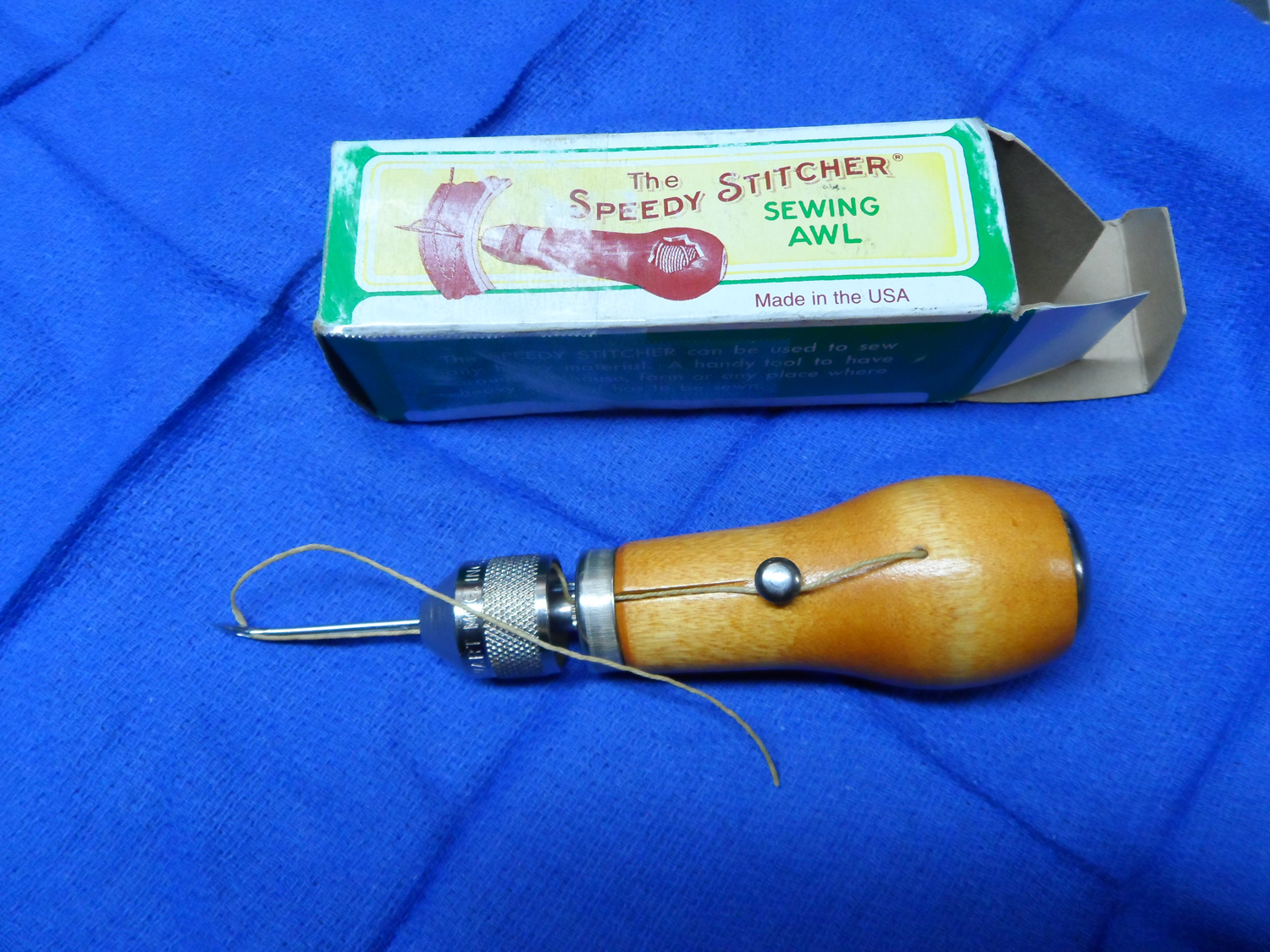
- Speedy Stitcher-4.jpg (1.18 MiB) Viewed 1396 times
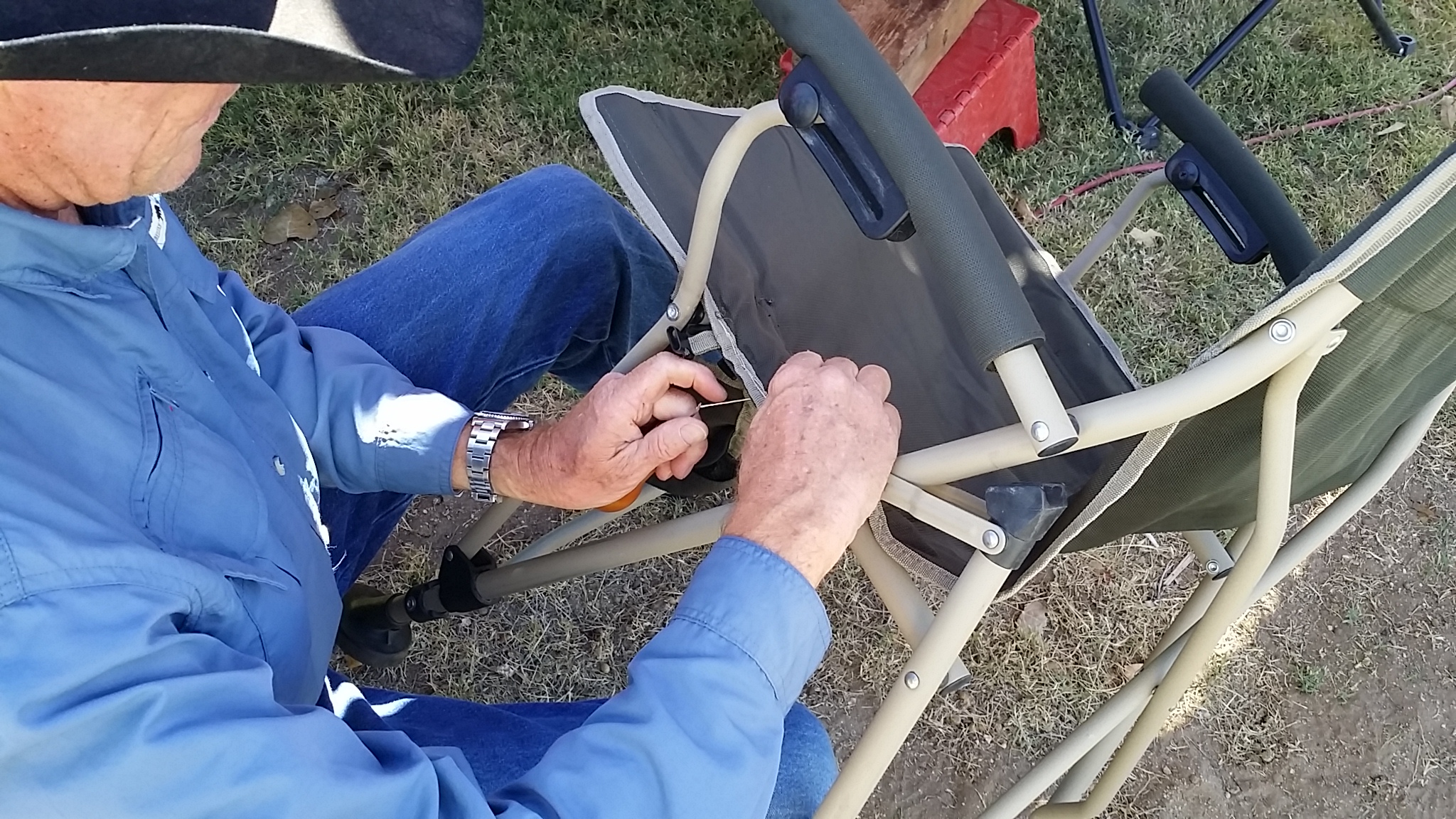
- Speedy Stitcher-2.jpg (1.05 MiB) Viewed 1396 times
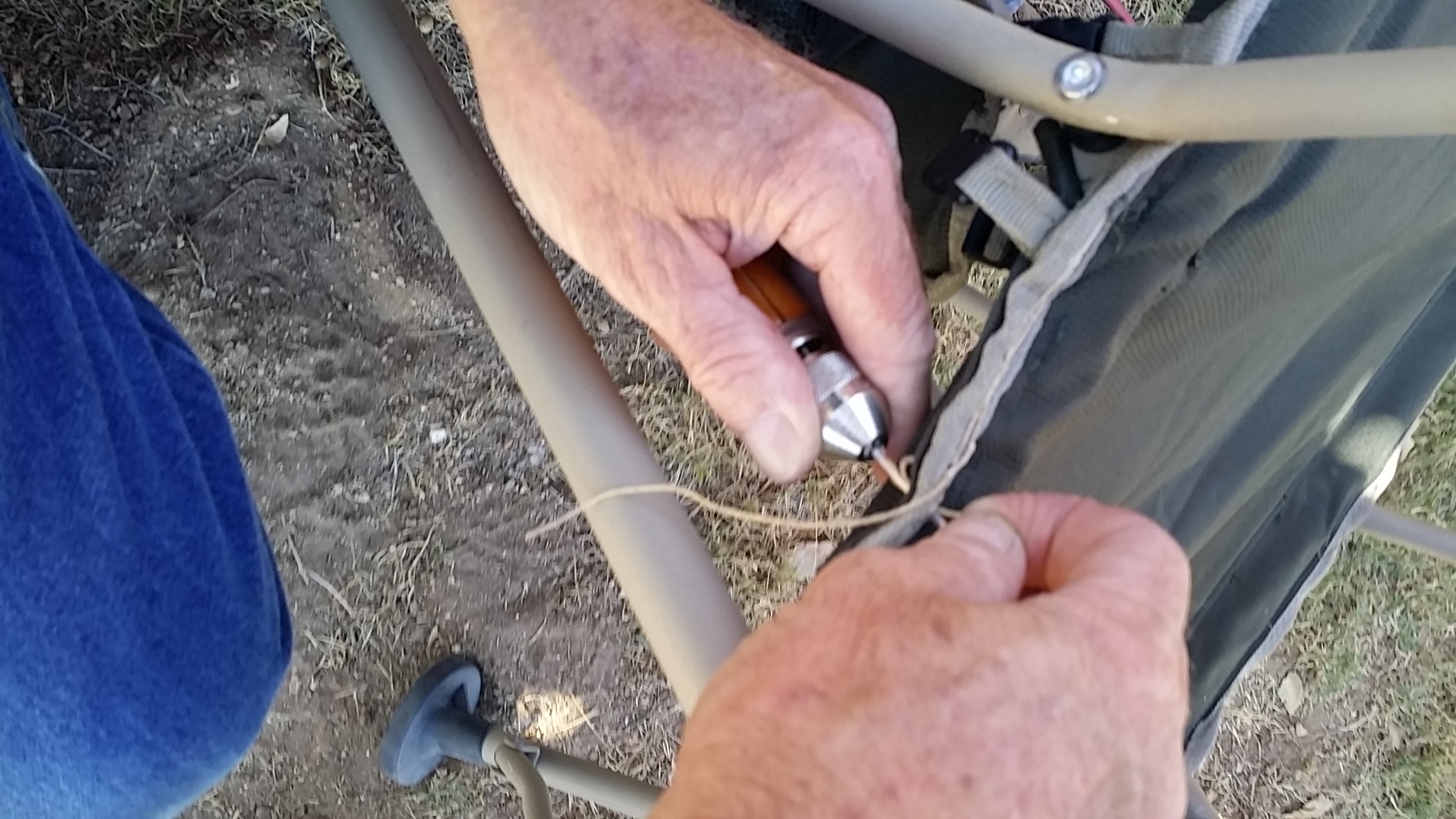
- Speedy Stitcher-3.jpg (756.79 KiB) Viewed 1396 times
2. Duct Tape
No need to belabor this one, but if you follow the golden rule, you will not be disappointed, That rule is - if duct tape is not working, you are not using enough! The uses for duct tape are endless, but one extreme example ought to suffice. It seems that a hunting party, in the wilds of the Alaskan outback, left their ice chest in the plane while it was parked at the hunting camp. A Bear, having a good smeller, zeroed in on the plane, and as bears are wont to do, this bruin peeled back the skin of the plane and dined on the contents of the ice chest. This is what it looked like after dinner:
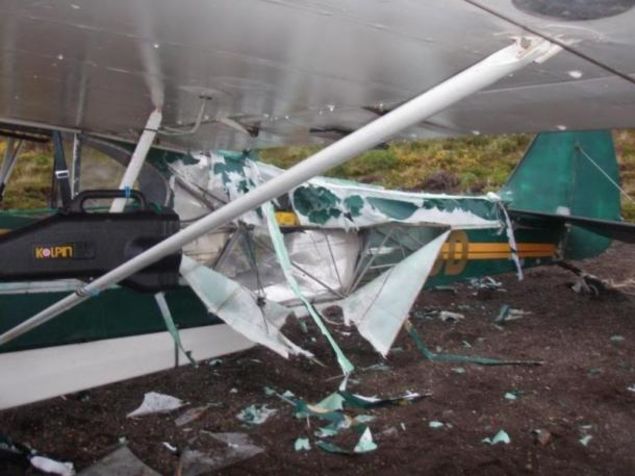
- Airplane Repair1.jpg (44.72 KiB) Viewed 1396 times
This is what it looked like after the "duct tape" repair:
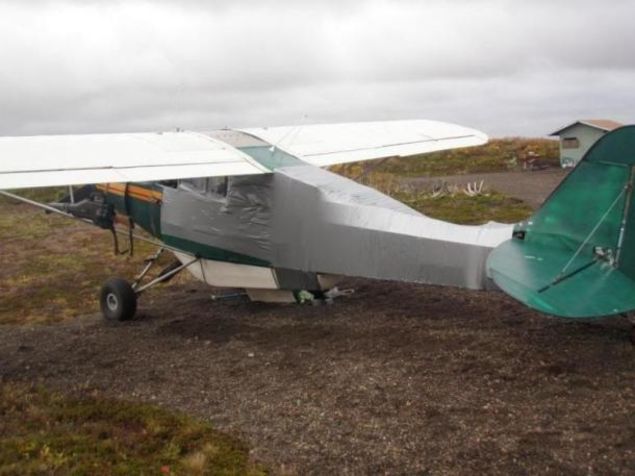
- Airplane Repair2.jpg (38.37 KiB) Viewed 1396 times
They made it back home safe. Nuff said!!!
3. Disc grinder / sawzall / drill and bits / extension cords
Part of the necessary process of being prepared is giving serious consideration to the mishaps and disasters that can happen on the trail. The more trips you take and the more miles that your rig racks up really increase the odds of something bad happening. This particular category of repair tools involves ones that all require electricity, thus making it necessary to have an inverter (and one that can handle the power needs of the tools you plan to use.)
With an eye on always carrying gear that is as small as possible, the tools which I carry are capable of fitting in a relatively small tool bag. In this bag I carry the following:
- power drill and a large selection of bits
- power grinder with large selection of grinding wheels
- Sawzall with a selection of blade types
- 100 feet of large gauge extension cord
Time permitting, there may be a few recovery tales on the net.
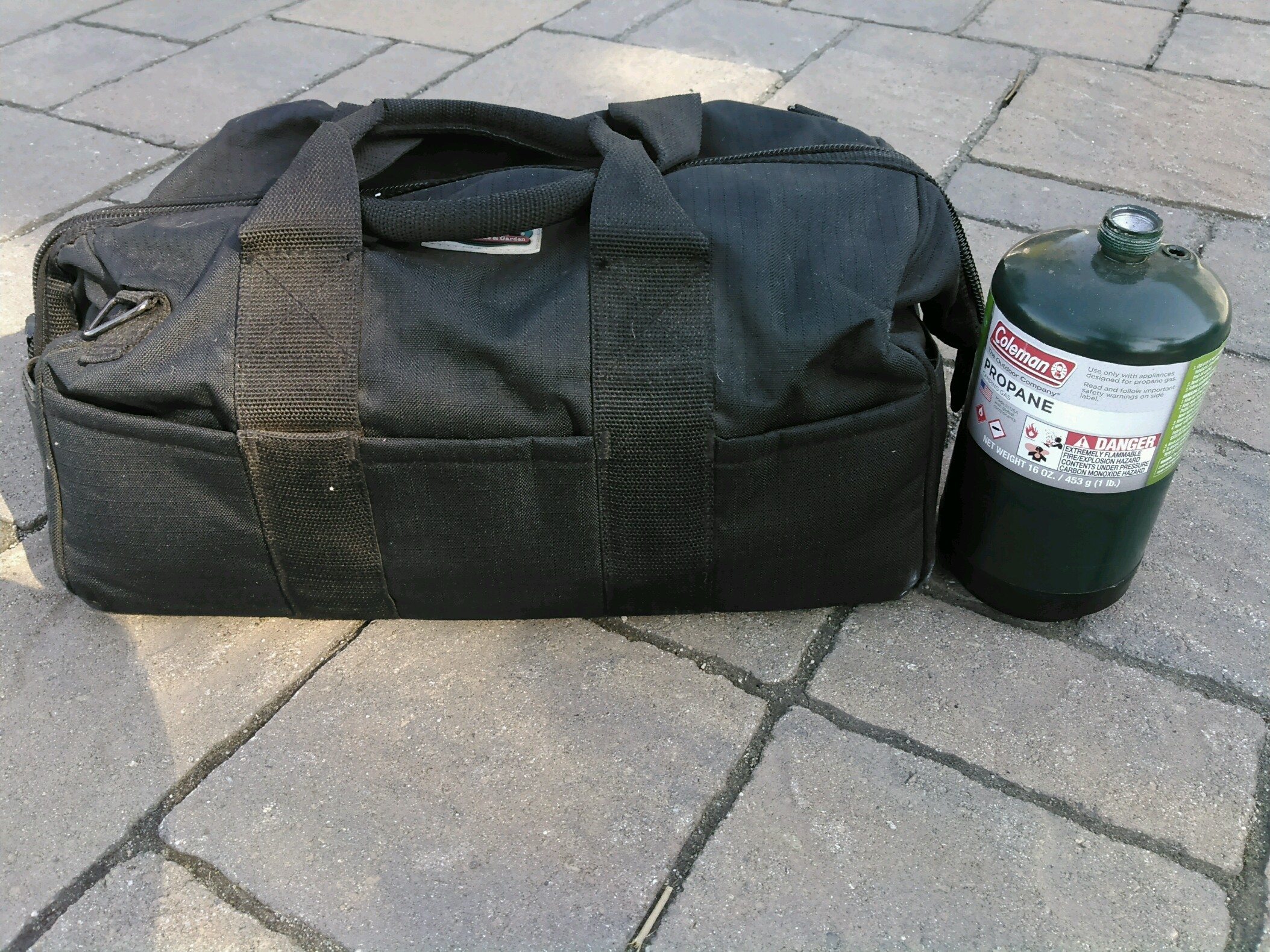
- Tool bag-2.jpg (934.99 KiB) Viewed 1364 times
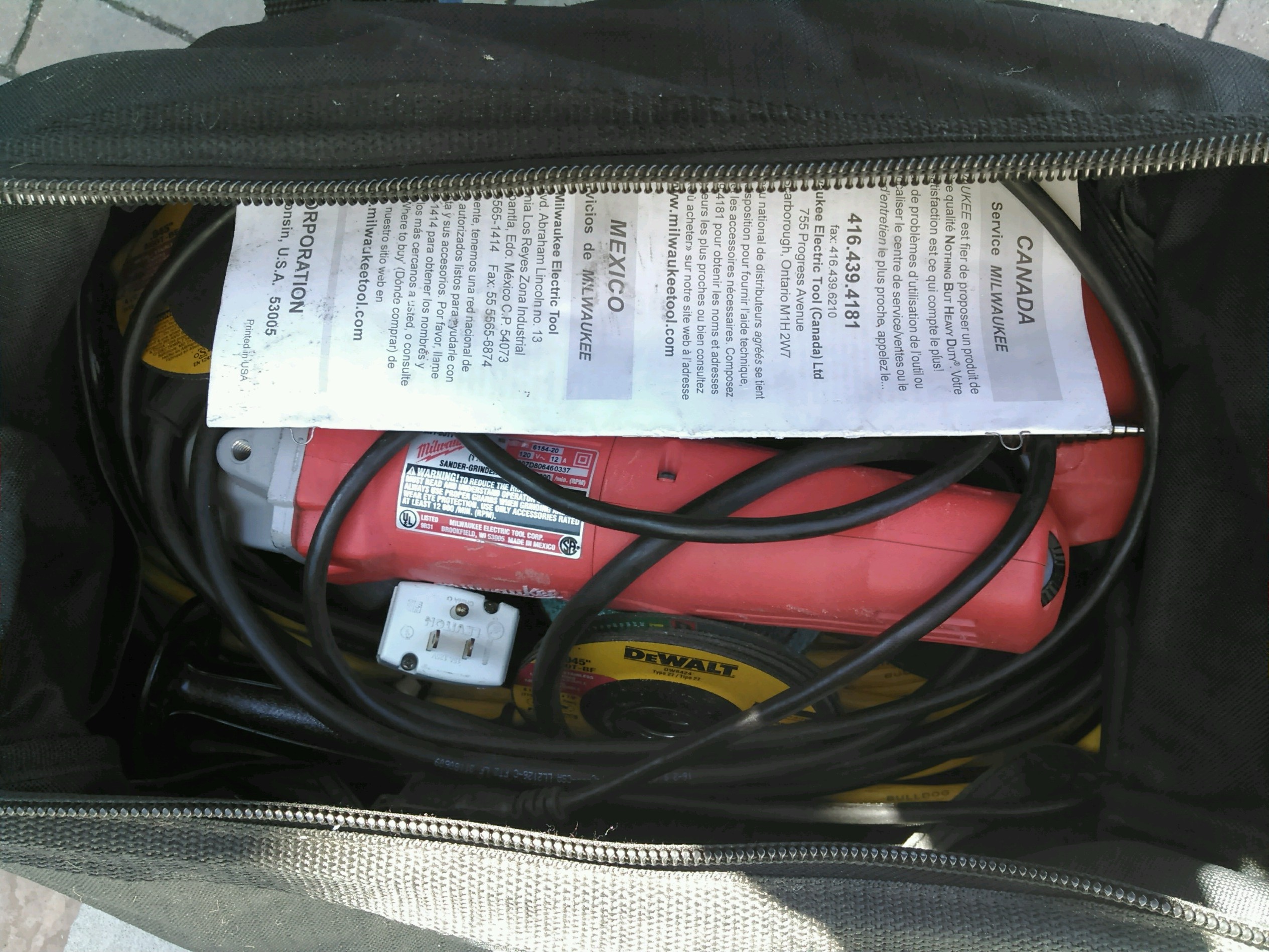
- Tool bag-3.jpg (876.67 KiB) Viewed 1364 times
4. Ham radio repair kit
This category is especially important as your Ham radio is your life line to help in the event of an emergency. For this kit, redundancy is vital. All too often, we have found that trail obstacles, like low hanging trees or brush choked trails, will damage antennas, or in the worst case, destroy them altogether. So, your repair kit must include the following:
a complete antenna assembly, including the base, the whip, and the connector (maybe two if you are prone to trail damage)
sufficient co-ax to replace the damaged portion
various hardware items like NMO connectors, PL259 connectors, washers, nuts, and anything unique to your set-up
an extra whip, as these are the most commonly damaged items (and a spring, if you use one)
Redundancy also demands that you have more than one radio and a HT (or two.)
5. Readers (magnifying glasses)
This is an item for everyone, regardless of whether you need glasses or not. There are a huge number of camp needs where seeing the tiniest details of some repair project are important, like that electrical repair, or finding that little screw that you dropped in the dirt One of the most common uses I have found for a good pair of readers is splinter removal. Sure cuts down on unnecessary gouging and cutting. Keep an extra pair (or three), just in case!

- Readers.jpg (48.34 KiB) Viewed 1392 times
6. Manuals for tools, computers, and equipment
These days, there is an instruction manual for just about everything we own. Having these manuals on the trail, regardless of the device, is never a bad idea, especially for Ham radios, computers, antennas, vehicle repair, computer programs, and the like. While keeping paper copies of EVERYTHING, may be a wee bit too much, there is a solution which will allow you to have it all. That solution is to put everything on an SD card, a flash drive, or your computer. This is an ideal solution for bulky documents, like vehicle repair manuals.
Living by the rule of redundancy does require you to keep paper copies of at least some of your stuff, so that if the computer breaks down, you are not screwed. This concern is not as important as it might have once been, as most of the campers in our groups are carrying computers these days. If one breaks down, there will always be another who can help. Just one of the many benefits of traveling in groups.
For very little money, you can have a storage device that can easily carry even the largest manuals. Flash drives and SD cards are now past the 250GB range and in the unlikely event that you need more than one, the cost is minimal.
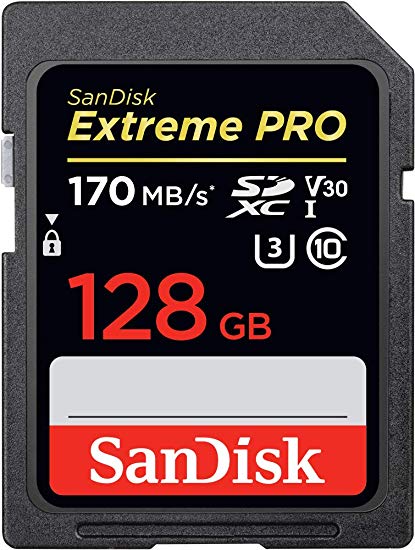
- SD Card.jpg (49.37 KiB) Viewed 1390 times
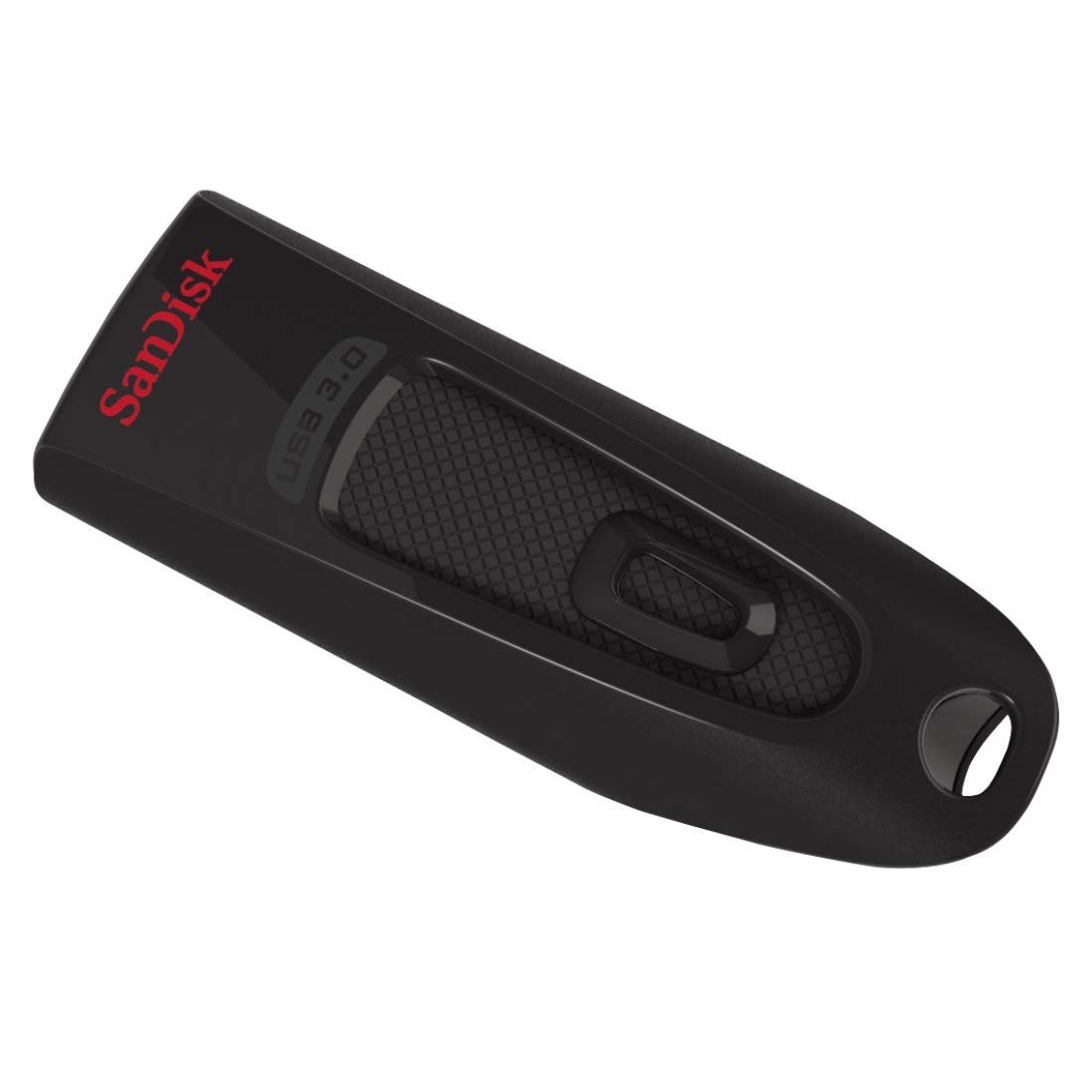
- 256 GB San Disk Flash Drive.jpg (43.37 KiB) Viewed 1390 times
7. Alternate light sources
Aside from the repair needs around camp there are definitely some others that deserve to be mentioned. While we usually reserve night time for good food and drink, around a relaxing campfire, there are times when it is necessary to be in the vehicle, traveling. If you are unfortunate enough to break down on the trail, at night, (or even while at camp) having a good light to perform repairs is invaluable. Flashlights and headlights are good, but there is no substitute for a good 360 degree light bulb. This solution is available only for those who have an inverter in their vehicle. With the great popularity of LED bulbs, it is possible to run a light for a considerable time, with little effect on the battery.
This setup was constructed with 20 feet of 14 ga copper wire with some HD connectors at each end. It includes a 60 watt LED bulb, with a spare, in a rugged case.
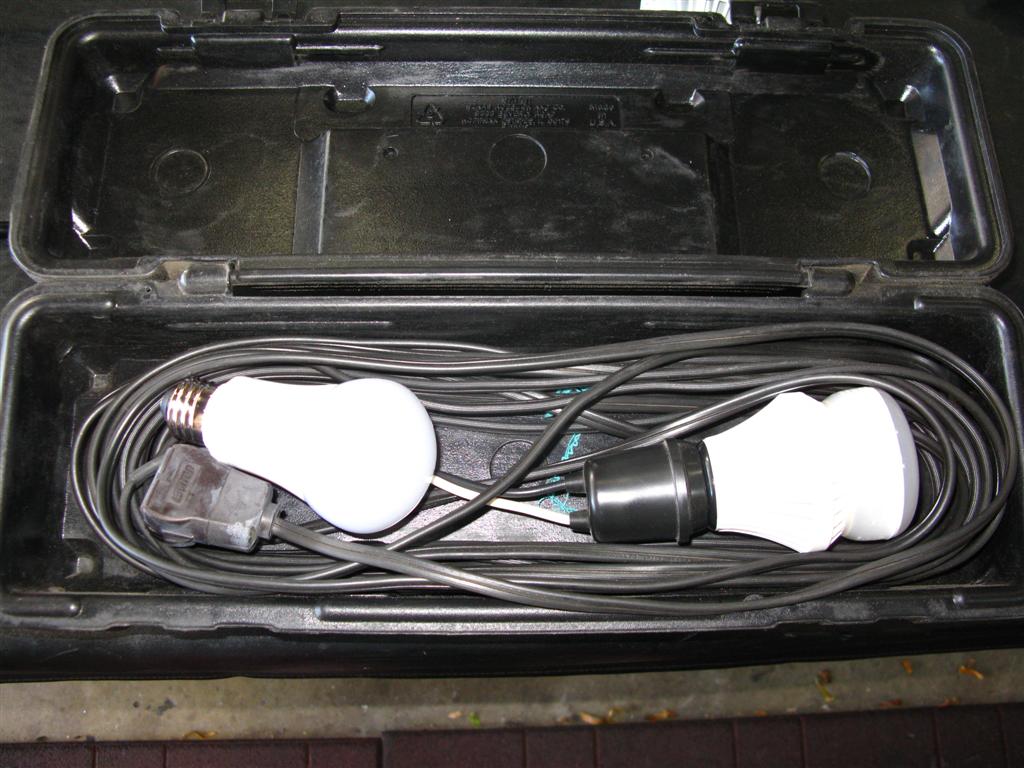
- AC Repair light.JPG (119.28 KiB) Viewed 1396 times
8. Solar panel repair kit
The essentials for long terms trips will vary depending on your needs. For many, these needs include equipment that requires electrical power, like refrigerators, Ham Radios, computers, charging stations for HTs, cameras, GPS units, air compressors, etc. Keeping the batteries charged when the vehicle is stationary is a task that we have turned over to solar panels. If something breaks on your solar panel, something else must give way or change. Carrying some repair items can help to avoid this.
Assuming that the solar panel itself is not damaged (broken glass or destroyed cells) then there are only a few parts that should be in your repair kit:
- 5. Soldering tools (including solder)
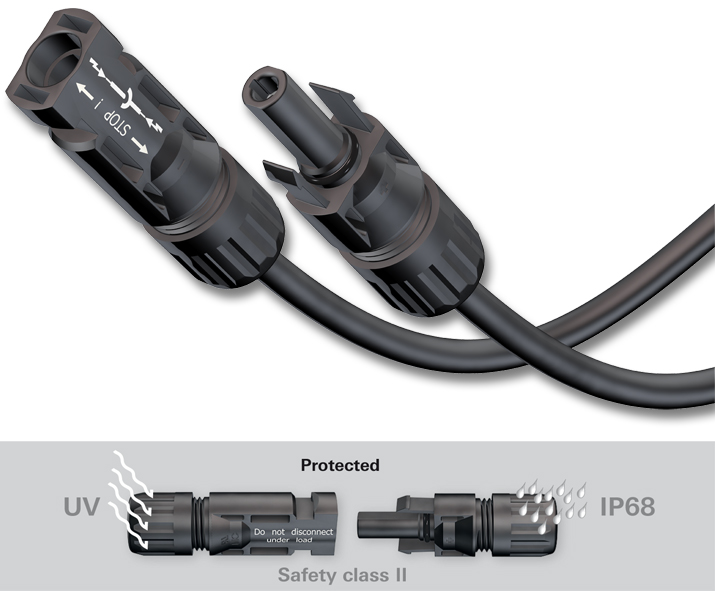
- MC4_connector.jpg (117.51 KiB) Viewed 1393 times
Renogy PWM Solar Controller
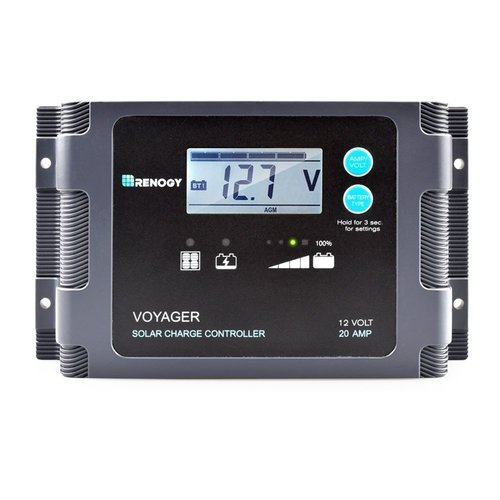
- Renogy Solar Controller PWM.jpg (29.88 KiB) Viewed 1393 times
9. Lantern repair kit
My favorite camp light is a Coleman lantern. Their reliability and durability are legendary, but things do break or just wear out. Common repair items that need occasional replacement are:
1. Generator
2. Fuel cap
3. Pump assembly
4. Pump washers
5. Mantles
All of these items are inexpensive and small enough to easily store in the vehicle. The only other repair item that sometimes breaks is the globe. Here, carrying a spare globe is a bit risky, because keeping a spare in a safe place requires a large padded container and a careful eye to make sure that it is kept out of harms way. Usually, a good travel case makes this repair unnecessary.
When they are at their peak, there is a lot of light for the camp!!!
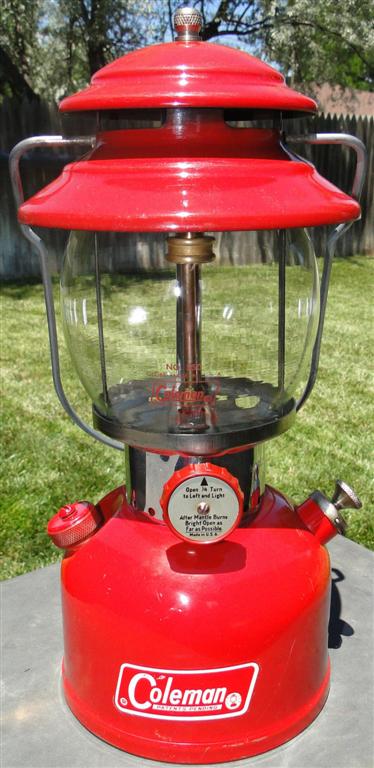
- Coleman 200A (Large).jpg (54.72 KiB) Viewed 1392 times
10. Stove repair kit
Most of us use liquid stoves when camping, and If you are planning on cooking your meals, you should be prepared to make repairs on your stove if something breaks. I use a Partner Steel stove for all my cooking needs and it is very well built and very rugged. Regardless, however, the smart chef brings a repair kit, just in case. No matter who makes your stove, a repair kit can be created by you, knowing what parts are likely to break.
Partner Steel makes a repair kit which includes all the parts that make the stove work. Oh yes, don't forget to carry extra fuel lines, a regulator, and connectors.
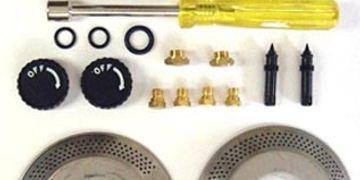
- Cook Partner Repair Kit.jpg (11.46 KiB) Viewed 1394 times
11.Gas can repair kit
Carrying extra fuel is a must on longer term trips. Making sure that the gas stays in the can is essential. Holes or rips in the can are a repair discussion for another topic, but for this discussion, we know that one of the most common losses of fuel are leaks resulting from a damaged or worn out spout gasket. Spares are cheap and should be in your repair bag. Available from Deutsche Optic,
https://deutscheoptik.com/Militaria-Col ... -FIVE.html
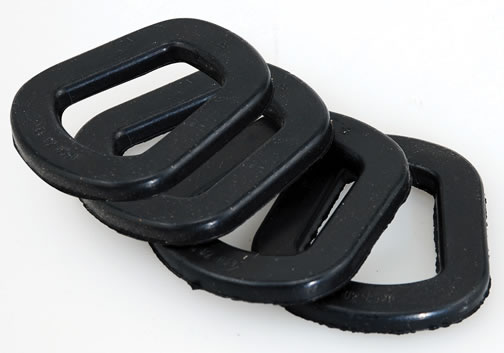
- Gas Can Gaskets.jpg (21.79 KiB) Viewed 1394 times